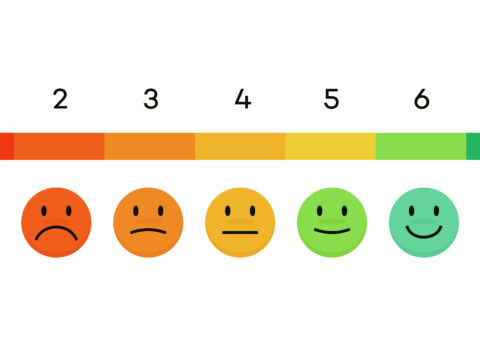
The impact of reducing weekly working hours
Work less to work all? The mantra is now outdated. We need to rethink work by focusing on productivity, well-being, and work-life balance of the worker.
Molte sono le cose che sono cambiate, per non tornare come prima, dopo lo scoppio della pandemia da Covid-19. Si pensava durasse una manciata di giorni, all’inizio è stato quasi un diversivo, per quanto spaventoso, mentre due anni dopo non ne siamo ancora del tutto usciti.
Many things have changed, not to go back to the way it used to be, since the outbreak of the Covid-19 pandemic. It was thought to last a handful of days, at first it was almost a diversion, scary as it was, while two years later we are still not fully out of it.
When employers started asking their employees to work from home, not everyone was happy about it: many just didn’t see themselves working at the kitchen table, with the kids at home and a house that was perhaps not even too spacious, or at any rate without colleagues to doscuss issues with, have coffee with, without the printer, the super-powerful office wifi, the ergonomic chair. fter a few months, upon different percentages of return to the place of work, workers were divided between those excited about the return to semi-normality and others who at the mere thought of returning to presence turned up their noses. While the former had suffered the loneliness, the lack of incentive to get ready in the morning to leave their homes but also the inevitable complications of an all-digital job (endless calls, wifi that didn’t hold up, work schedules that blurred dangerously into free time, anxiety about proving that “you were actually working”), the latter had instead discovered the magical world of remote working, smart-working or whatever you want to call it: priceless balance of work and home tasks, more time spent with loved ones, optimization of “dead” travel time and lunch breaks; and, why not, also the possibility of not seeing that not-so-nice colleague every day, of concentrating in the solitude of one’s own study, of wearing comfortable clothes instead of plastered suits.
And so, in parallel with the return to the office, workers, employers and governments began to question how much of that forced experience of working remotely was worth keeping and, opening up a broader view, how to rethink the world of employment with a view to greater individual satisfaction and well-being, thus also reopening and rekindling the debate on the reduction of working hours, which has actually been discussed since well before covid.
In fact, the debate on this topic is hardly a new thing: since the postwar period, annual working hours per worker have fallen significantly in almost all OECD countries, an organization that groups the world’s 35 most developed countries. It has emerged that the more financially wealthy a country is, the less people tend to work, with Germany leading the way and Mexico as the tail end. There were also many reforms that took turns during the 1990s, the examination of which is the starting point of the research by IRVAPP (FBK’s Institute for Valuative Research on Public Policy) whose findings are collected in the paper “The employment effects of working time reduction: sector-level evidence from European reforms” written by researcher Alessandro Tondini together with OECD economist Andrea Garnero and Paris School of Economics economist Cyprien Batut. The study looked at reforms implemented in France (1998 – 2000, reduction of working hours to 35 h/week), Portugal (1996, reduction of working hours from 44 to 40 h/week), Italy (1997, reduction of working hours from 48 to 40 h/week but the reform was barely perceived because most collective agreements had already been calibrated to 40 h/week), Slovenia (2002, from 42 to 40 h/week) and Belgium (2001, reduction of working hours to 38 h/week) trying to understand what had happened in the sectors most affected by the measures: it emerged that, while working hours per week decreased, there was no increase in the number of jobs available, as the slogan dear to the 1960s “work less to work all” (work-sharing) boasted. Instead, what has increased is wages, in the sense that people are working less for the same wage, while on the question of productivity, namely whether a worker produces more when working less, there is no olid, measurable scientific data, and thus it is difficult to draw final conclusions.
In all likelihood, however, workers affected by the above reforms have experienced greater leisure and better work-life balance arrangements, and perhaps health, in general, has also benefited (just think of stress-related illnesses or postural problems caused by the many hours spent sitting, standing or performing repetitive movements). These, however, are consequences that are difficult to measure but which can still lead to the conclusion that, from the worker’s point of view, measures that introduce a reduction in working hours are undeniably beneficial.
SIt is good, then, that the debate in the field has been refreshed after the experience of forced pandemic isolation, but it also needs to focus on issues other than those that underpinned the European reforms of the 1990s: there is a need to shift the focus to productivity trends, worker well-being, the effects on the health of the individual-which then affect national health care systems-and work-life balance; there is a need to ask whether it makes more sense to reduce the number of hours or the number of working days per week (it is different to work one hour less per day than to work a whole day less per week). The debate, thus, has shifted from increasing employment to increasing productivity, but it still remains open and in a state of flux. All that remains is to experiment.






